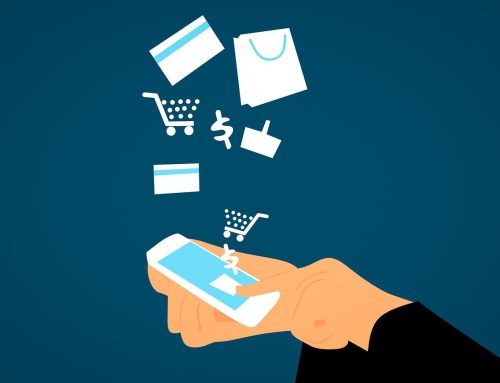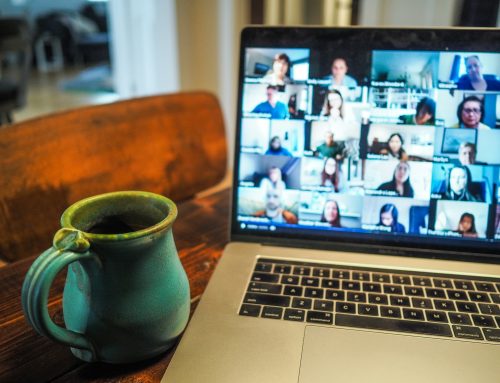 Most of us know LinkedIn as a social network for employers and job seekers where the site’s more useful features are locked behind a paywall. Most of us get along just fine with the site’s basic offerings, but for power users, the site’s more advanced functionality represents something of an investment and a risk, given that other sites offer similar features for free.
Most of us know LinkedIn as a social network for employers and job seekers where the site’s more useful features are locked behind a paywall. Most of us get along just fine with the site’s basic offerings, but for power users, the site’s more advanced functionality represents something of an investment and a risk, given that other sites offer similar features for free.
In a move that will please casual users of LinkedIn, but may alienate the site’s paying customers, LinkedIn recently announced that their publishing platform – a feature that had heretofore been limited exclusively to “Influencers” on the site – is now available to anyone with an account. LinkedIn’s own Ryan Roslansky broke the news, indicating that the decision was made to empower LinkedIn’s user base to become better at what they do – an inextricable part of LinkedIn’s commitment, he said, to providing value to their users, whether they pay for the site’s services or not.
The “Definitive Professional Publishing Platform”
For the casual LinkedIn user, this feature may not be cause for celebration, while for others the move is a long time coming. So what is it? Quite simply, the LinkedIn blogging platform is a way for users’ original content from across the web to become a part of their profile on LinkedIn. From there, it’s immediately shared with their network of friends, co-workers, and colleagues. It’s a fairly elegant way to effortlessly build, consolidate and share your portfolio with the people who matter most.
Roslansky went on to indicate that LinkedIn users will also be able to enjoy content from users who aren’t currently in their personal networks.
LinkedIn “Influencers”
LinkedIn first instituted its Influencer program toward the end of 2012. Its vision was to empower thought leaders in their respective industries to share their experience and expertise with their target audience. It’s also been a great way to drive web traffic; Roslansky boasted that posts from the average LinkedIn Influencer received in excess of 31,000 unique views, 80 comments, and 250 Likes. In other words, it’s been a big hit all around.
The availability of this toolset will slowly be rolled out to all of LinkedIn’s users over the coming weeks and months. As of Roslansky’s announcement, about 25,000 users of the site had already received an email inviting them to become a part of the program. The remaining free users will receive their own invitations as the service becomes more widely available.
The invitations themselves will be tailored to the specific skill set of the recipient. Based on the information in your profile, LinkedIn will be able to make an educated guess about the sort of niche in which you’ll have the most influence.
Rights and Responsibilities
The slow rollout of the blogging platform, to users in a wide variety of industries and countries, represents a big step in LinkedIn’s continuing efforts to provide relevant and useful content to all of the site’s users. That said, Influencers have been held to certain standards where quality is concerned – guidelines that the general public will now be expected to abide by.
LinkedIn’s Help Center has a full breakdown of their publishing platform’s rights and responsibilities, indicating in no uncertain terms that they have the right to remove content that doesn’t meet their exacting standards. This should come as no surprise. LinkedIn has always been a different kind of social network – one built by professionals, for professionals.
Highlights of the terms of service include reminders that content that’s transparently self-serving, such as advertisements for a business, service, or even political cause, will not be tolerated. The content must provide something of value for the “broader LinkedIn community.”
Though it should go without saying, the terms of service also carry strong reminders that plagiarism won’t be tolerated, even if it goes by a different name, such as “sharing” or “curation.” Users of the blogging platform are reminded to seek the permission of the content’s creators or owners before appropriating it for their own use. That said, existing content that has already been posted elsewhere may be freely published on LinkedIn. If you own the rights to the content, and it’s both relevant and useful for a broad audience, it remains yours to do with as you please.
Will People Use It?
This is a big step for a site that has heretofore thrived on creating various tiers of membership with different features and tool sets available for each. By removing one more barrier between Influencers and casual users of the site, LinkedIn seems to be making efforts to broaden its appeal to a wider audience.
The only question that still remains is “Will it be enough?” While Roslansky and the rest of LinkedIn have been quick to talk up the shares, views, and Likes of the content posted by their Influencers, it may take some time to determine whether this feature will resonate with the general public.
Will people use it? Perhaps the more important question is whether people will interact with the content once it’s been posted. Its place in a marketing strategy also remains uncertain, given LinkedIn’s very clear stance on using this feature as an advertising platform. As marketers are only too aware by now, the balance required between marketing efficacy and genuine usefulness for a broad audience is a difficult one to maintain.
Whether or not LinkedIn’s blogging platform is worth the effort is something that only time will tell.





